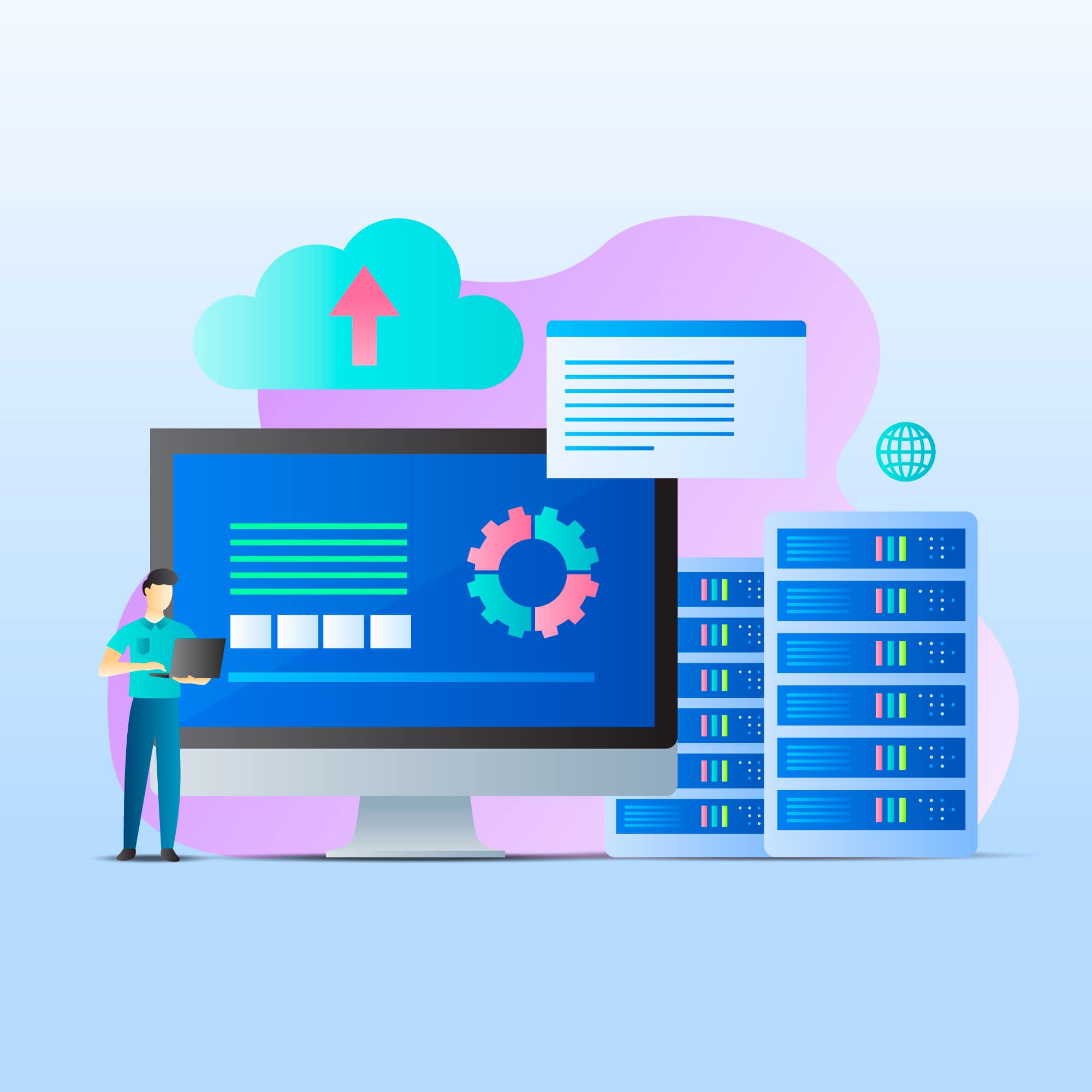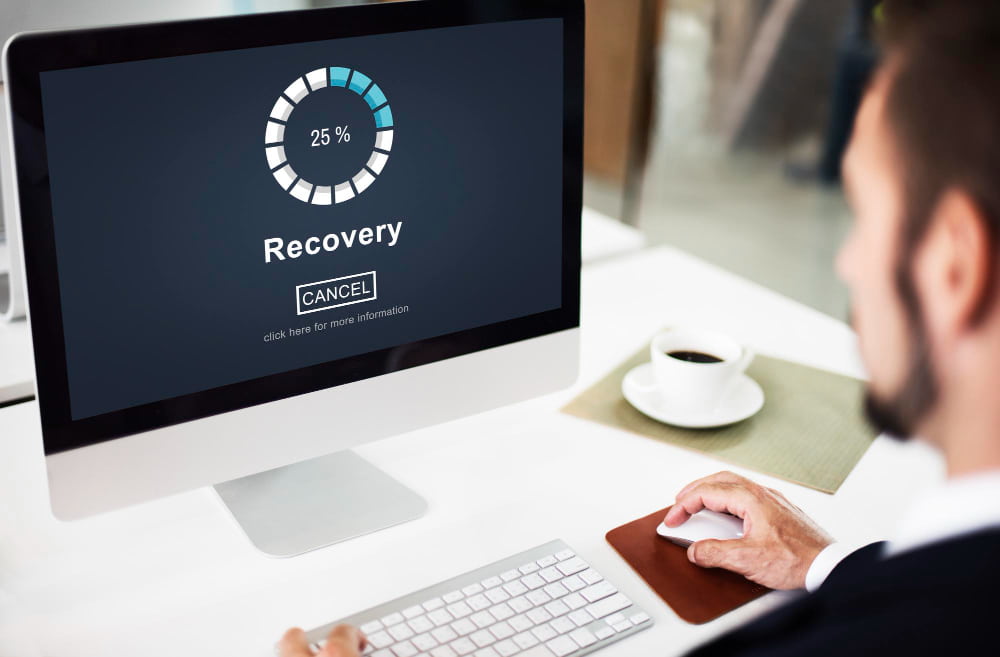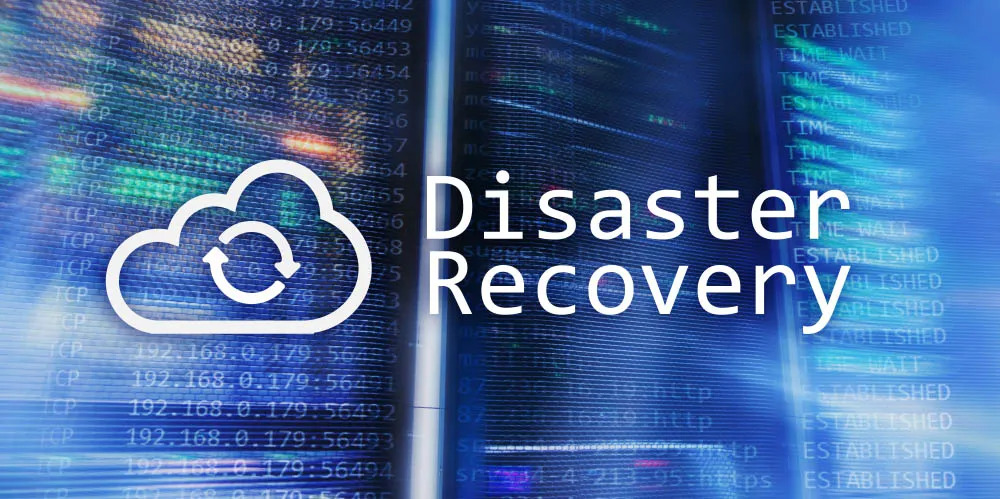BCDR is indispensable for customers as it protects business operations, minimizes downtime, safeguards data and assets, meets SLAs, ensures regulatory compliance, preserves reputation, enhances competitive advantage, and fosters customer confidence and loyalty.
Business Continuity and Disaster Recovery (BCDR) is essential for customers for several reasons:
- Protecting Business Operations: BCDR ensures that essential business functions can continue or be quickly resumed in the event of a disruption or disaster. This protection helps maintain customer service, uphold contractual obligations, and minimize financial losses during challenging times.
- Minimizing Downtime: By having a BCDR plan in place, organizations can minimize downtime and maintain productivity, which is crucial for customer satisfaction. Minimizing downtime helps avoid disruptions to services, transactions, and communication channels, ensuring a seamless experience for customers.
- Safeguarding Data and Assets: BCDR strategies include measures to protect data and assets from loss, corruption, or unauthorized access. This protection instills confidence in customers that their sensitive information, such as personal data or financial records, is secure and available when needed.
- Meeting Service Level Agreements (SLAs): Many organizations have SLAs with their customers that define expected levels of service availability, performance, and response times. BCDR helps meet these SLAs by ensuring that systems and services are available and responsive, even in adverse circumstances.
- Maintaining Regulatory Compliance: BCDR helps organizations comply with regulatory requirements related to data protection, privacy, and business continuity. Compliance with regulations such as GDPR, HIPAA, or PCI-DSS is essential for maintaining trust with customers and avoiding legal and financial penalties.
- Preserving Reputation and Brand Image: A well-executed BCDR plan can help preserve the reputation and brand image of an organization by demonstrating resilience, reliability, and preparedness in the face of adversity. Customers are more likely to trust and remain loyal to organizations that can weather disruptions effectively.
- Enhancing Competitive Advantage: BCDR can be a competitive differentiator for organizations, especially in industries where reliability, uptime, and data security are critical factors. By offering robust BCDR capabilities, organizations can gain a competitive advantage and attract customers who prioritize reliability and continuity.
- Ensuring Customer Confidence and Loyalty: Ultimately, BCDR helps instill confidence and trust in customers by demonstrating a commitment to their welfare and ensuring continuity of services, even in challenging circumstances. This confidence fosters customer loyalty and long-term relationships, which are invaluable for business sustainability and growth.
Disaster Recovery (DR) strategies are essential for ensuring business continuity in the event of a disaster. They vary in terms of recovery time and cost, and are typically categorized into hot, warm, and cold DR solutions. Here's an overview of each:

Hot DR (Hot Site)
- Description: A fully operational backup environment that runs concurrently with the primary site. Data is continuously synchronized, and applications are always up and running.
- Recovery Time Objective (RTO): Near zero to a few minutes.
- Recovery Point Objective (RPO): Near zero data loss.
- Advantages: Minimal downtime and data loss, quick recovery.
- Use Case: Critical applications and systems where downtime is unacceptable (e.g., financial institutions, healthcare systems).

Warm DR (Warm Site)
- Description: A standby environment that is partially prepared to take over in case of a disaster. Systems and data are periodically synchronized, and applications may need some configuration to become fully operational.
- Recovery Time Objective (RTO): Hours to a day.
- Recovery Point Objective (RPO): Hours to a day of data loss.
- Advantages: Balance between cost and recovery time.
- Use Case: Important but non-critical applications where some downtime and data loss are acceptable.

Cold DR (Cold Site)
- Description: A backup environment that is not immediately operational. It includes basic infrastructure and requires significant setup time before it can be used.
- Recovery Time Objective (RTO): Days to weeks.
- Recovery Point Objective (RPO): Days to weeks of data loss.
- Advantages: Lowest cost as resources are not continuously running.
- Use Case: Non-essential applications where longer downtime is acceptable, and cost savings are prioritized.